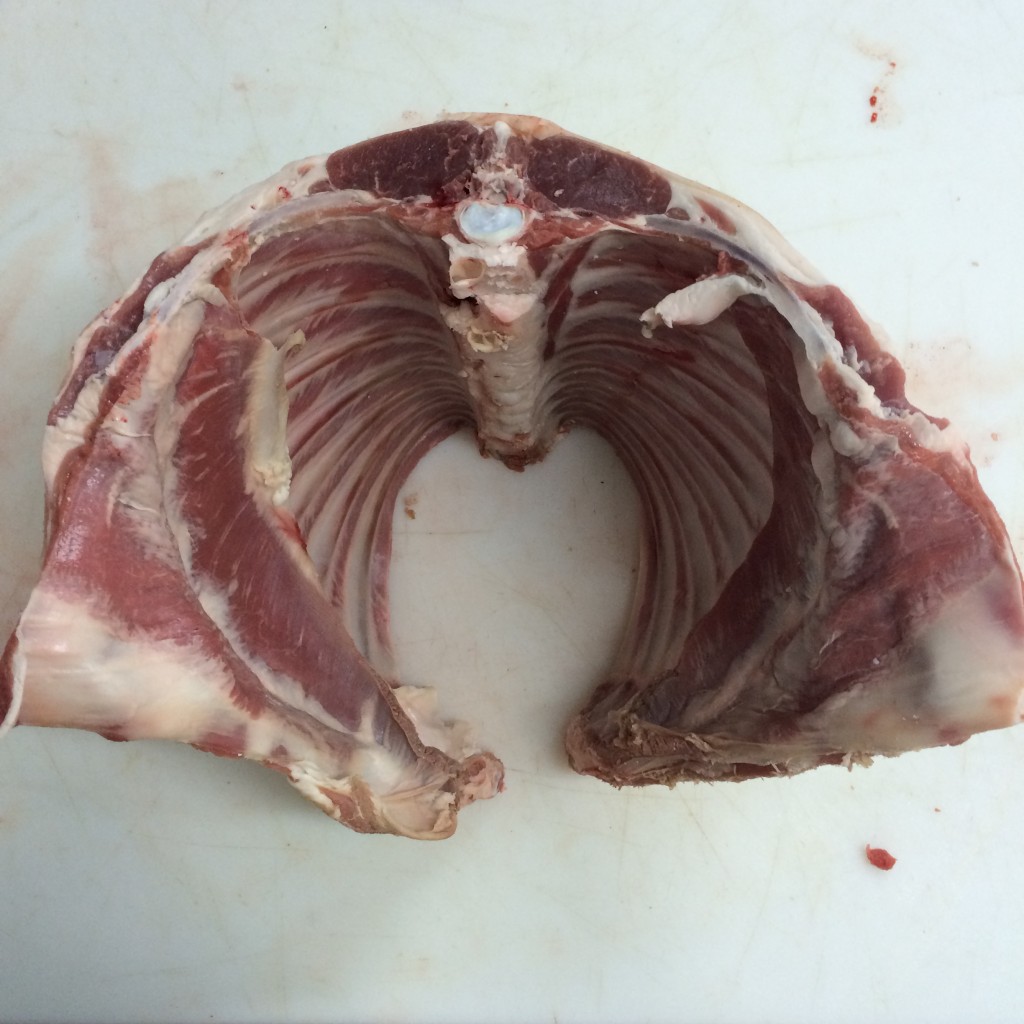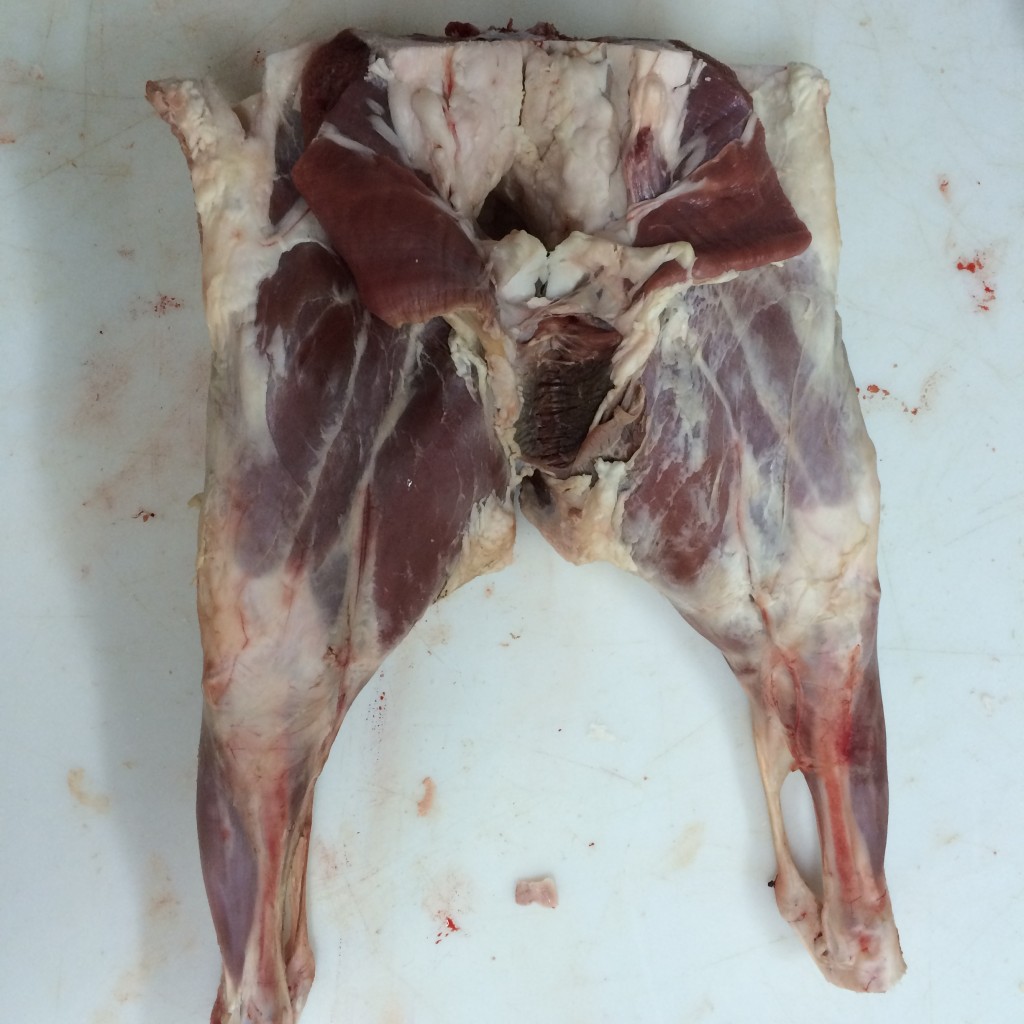Most people work five days a week just to get to the two-day reprieve called the weekend. On those two anticipated days, you couldn’t drag the average person back to the office - especially in New York. New Yorkers would rather be shopping, or hanging at a new “slice shop” (Brooklyn slang for pizza shop), or even tripping roller bladers in Central Park. Not this guy. Fleishers holds butchery and cooking introductory classes at their locations a few Saturdays a week. As an apprentice, I’m allowed to go, free of charge. So anytime there is a class in Red Hook and it doesn’t interfere with the TCU Football game (Go Frogs), I’m there.
A couple of Saturdays back happened to be the Beef Jerky 101 class taught by Fleishers’ own Jerky Master, Chris W. Before joining Fleishers, Chris had his own craft jerky business. His jerky was so good that Fleisher’s decided,
If you can’t beat him, hire him!
So they did.
I arrived an hour early before class to check on the two massive 100% grass-fed briskets that we had been smoking for the past 18 hours. One would be served at the end of the class along with my new favorite craft beer, Six Point Sweet Action.
After an intro into Fleisher’s and a short company history by Sophie, Chris began to educate us on jerky basics:
- the meat to use
- the marinades
- and the various ways to dehydrate it
Meanwhile, Sophie passed around semi-frozen blocks of eye round for students to began slicing into paper-thin strips. (Tip: Semi-frozen meat is much easier to handle because thawed meat flops around too much and is difficult to cut consistently into thin strips for jerky.) Once everyone had his or her jerky meat sliced, Chris explained how to properly marinate the meat and the differences of wet and dry marinades.
Next, we were encouraged to concoct our own marinade mixture and then zip-zam, with the help of the cryo-vaccum machine, we sealed our marinated meat in a bag to take home for dehydrating.
Fleishers classes are chock full of information and you always come home with some sweet gear. For this class, Sophie handed out goodie bags with a Fleishers Craft Jerky kit. These kits are great for DIY jerky projects at home and include two different spice blends, non-stick drying screens, and recipe guide. If you can’t make a class, you can grab a kit here online.
Oh yeah, and maybe the best part, remember those massive briskets I mentioned earlier? I got to slice those bad boys up for the class to enjoy with some "damn fine" Brooklyn Brine pickles and we washed it all down with some Six Point Sweet Action.
Final Note: Since the jerky class, I’ve begun doing my own jerky experiments in the kitchen when I’m not in the cutting room. With the help of the head chef, I’ve been mixing up some pretty interesting flavors. I’ve got one ready, but the jury is still out. It’s called Christmas Coffee and I’ll keep you posted.














